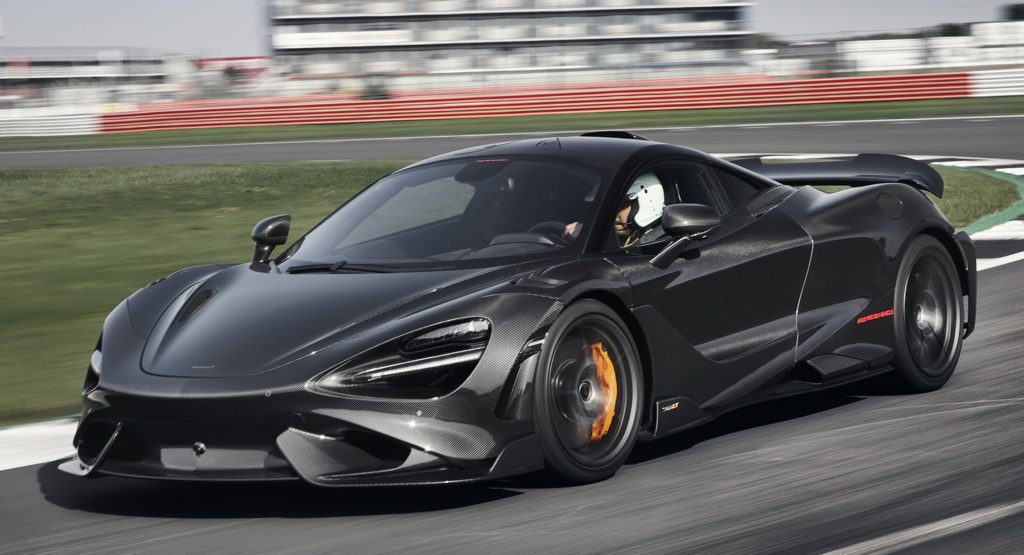The UK government’s recent announcement that new vehicles with internal combustion engines will be banned in 2030 while hybrids will be banned from 2035 has thrown a spanner in the works for all car manufacturers, particularly those that produce high-performance supercars like McLaren. How will the automaker deal with these challenges? Electrification.
During a recent interview with Auto News, McLaren chief executive Mike Flewitt was asked what the next decade looks like for the car manufacturer.
“It is challenging. We had 2035 in our mind as the sort of pivot point for EV. Our business plan now progressively moves to hybrid. All of the significant launches going forward will be hybrid cars,” he said. “I think by 2026, we’ll be fully hybridized right across the range. We will probably do our first EV supercar in the latter part of the decade, so 2028, 2029.”
Read Also: UK Government To Ban Sales Of New Petrol And Diesel Cars In 2030
While Flewitt appears confident that McLaren can adapt to this new era in the automotive industry, he expressed concerns that the UK simply doesn’t have the necessary infrastructure in place to transition to an all-electric fleet.
“What we don’t have yet in the world is the infrastructure to support running electric cars,” he said. “Right now, I think the U.K. sales are like 2, 3, 4 percent electric cars. To move that to 100 percent, we just don’t have the infrastructure to charge cars, to support them. What the governments almost don’t realize is the bigger challenge, for them, is to put the infrastructure in place, not for the manufacturers to make the car. There’s some great electric cars in the world, even now.”
McLaren’s latest step in its electrification plan will involve the launch of the Artura, designed as a successor to the Sports Series. This model will be based on an all-new carbon fiber monocoque and feature a twin-turbocharged V6 engine with an electric motor. Specifications haven’t been announced but the car is expected to deliver north of 600 hp while having the ability to travel just under 20 miles (32 km) on electric power alone.




